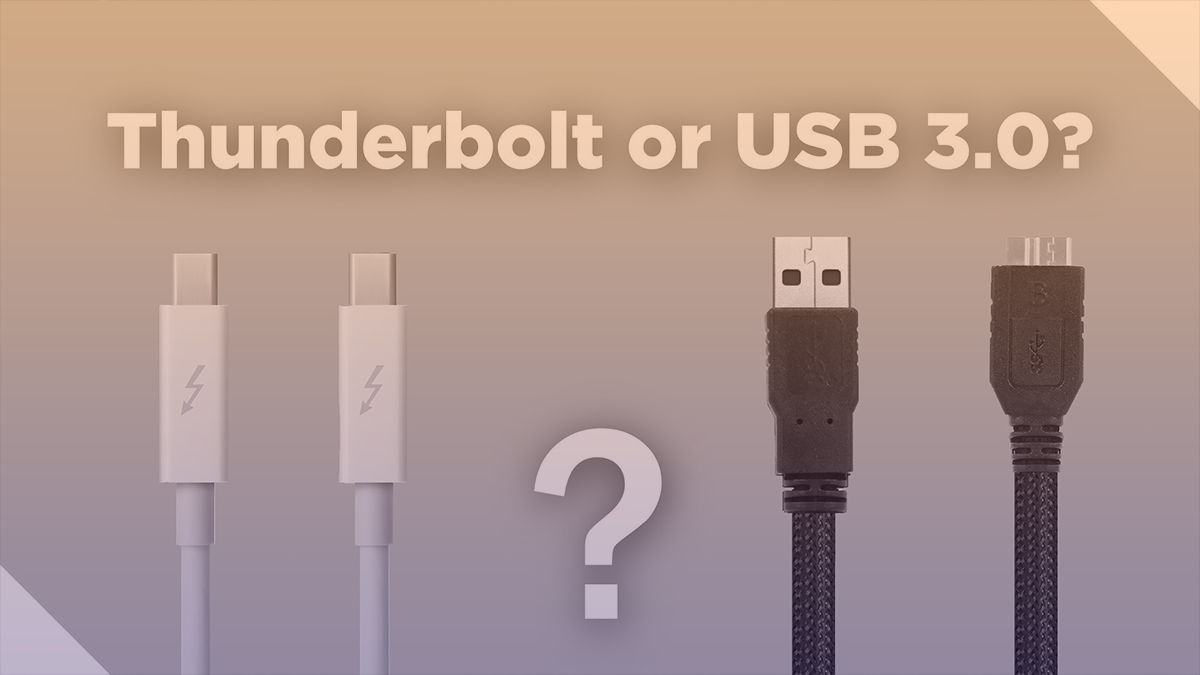All Thunderbolt 3 ports are also USB Type-C 3.1 ports and use the Type-C's thin, reversible connector. You can connect any USB Type-C device to any Thunderbolt bolt, because technically.
Touch Bar MacBook Pro Q&A
Update Published June 18, 2019
All Mac Q&As >>Touch Bar MacBook Pro Q&A (Home)
To be notified of new Q&As, sign up for EveryMac.com's bimonthly email list.
If you find this page useful, please Bookmark & Share it. Thank you.
What is Thunderbolt 3? What is the difference between USB-C and Thunderbolt 3? What Thunderbolt 3 adapters and docks are available?

Thunderbolt 3 is a new connectivity standard from Intel that replaces Thunderbolt 2. Thunderbolt 3 provides a theoretical maximum throughput of 40 Gbps, which is double the speed of the previous standard. Thunderbolt 3 also is symmetrical and reversible. As a result, you no longer have to worry about whether or not a connector is right side up or upside down before plugging a cable into the notebook.
There seems to be a great deal of confusion about the difference between Thunderbolt 3 and USB-C. No doubt this at least partially is because the ports look identical apart from the 'traditional' three prong USB logo on USB-C cables and the 'Lightning Bolt' logo on Thunderbolt 3 cables.
The simplest explanation is that USB-C refers to the shape of the port and Thunderbolt 3 refers to the connectivity standard. Thunderbolt 3 combines Thunderbolt, USB, DisplayPort and power via a single USB-C connector.
So, a Thunderbolt 3 device is connected to a 'Touch Bar' MacBook Pro using the Thunderbolt 3 standard via a USB-C shaped port. Hardware commonly referred to as 'USB-C devices' also will work with a Thunderbolt 3 port, but they will not be able to take advantage of the maximum speed provided by Thunderbolt 3 devices.
For more details, you also may find this Intel video helpful:
Usb-c Vs Thunderbolt 3 Speed Test
Intel also provides a full fledged technology overview if you want to dive deeper into the Thunderbolt 3 standard.
USB-C & Thunderbolt 3 Adapters
The full range of Apple and third-party USB-C adapters will work with the 'Touch Bar' MacBook Pro models.
In addition to other USB-C adapters, this includes the Apple USB-C to USB Adapter (MJ1M2AM/A), Apple USB-C Digital AV Multiport Adapter (MJ1K2AM/A), and Apple USB-C VGA Multiport Adapter (MJ1L2AM/A) to connect USB-A, HDMI, and VGA to compatible Apple notebooks.
Photo Credit: Apple, Inc. (Apple Thunderbolt 3 to Thunderbolt 2 Adapter)
The 'Touch Bar' MacBook Pro models also support the Apple Thunderbolt 3 to Thunderbolt 2 Adapter (MMEL2AM/A), which allows you to connect Thunderbolt and Thunderbolt 2 devices and displays to the notebook.
Site sponsor Adorama sells all these Apple adapters.
Thunderbolt 3 Dock
If you have additional connectivity needs or would prefer the convenience of an all-in-one solution, you might also like to consider the Thunderbolt 3 Dock from site sponsor OWC.
Photo Credit: OWC, Inc. (Thunderbolt 3 Dock)
OWC's current Thunderbolt 3 dock provides a microSD Card Reader, an SD Card Reader, an analog audio in/out (headphone) jack, five USB 3.1 (USB-A) ports, a USB 3.1 Gen 2 Type-C port, an S/PDIF Out port, a Gigabit Ethernet port, dual Thunderbolt 3 ports, a mini DisplayPort, and a DC power connector.
It costs more than a single adapter and it is quite a bit larger, but it is vastly more useful for those who need the connectivity.
Thunderbolt 3 Summary
Ultimately, Thunderbolt 3 enhances the performance of the Thunderbolt standard and combines it with the simplicity and ease-of-use of USB-C. As the standard matures and adapters become less and less necessary, it will be a welcomed improvement for the majority of users.
Permalink E-mail a Friend Bookmark & Share Report an Error/Typo
Suggest a New Q&A Sign Up for Bimonthly Site Update Notices
<< Touch Bar MacBook Pro Q&A (Main) All Mac Q&As
Lenovo Usb C Vs Thunderbolt 3 Dock
EveryMac.com is provided 'as is' without warranty of any kind whatsoever. EveryMac.com, and the author thereof, shall not be held responsible or liable, under any circumstances, for any damages resulting from the use or inability to use the information within. For complete disclaimer and copyright information please read and understand the Terms of Use and the Privacy Policy before using EveryMac.com. Use of any content or images without expressed permission is not allowed, although links to any page are welcomed and appreciated.